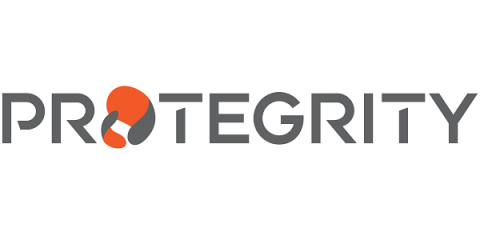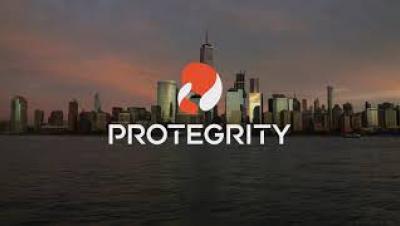Protegrity Wins 2021 Data Breakthrough Awards: "Data Security Solution Of The Year"
The results are in, and Protegrity has officially been named the “Data Security Solution of the Year” by the 2021 Data Breakthrough Awards. Data Breakthrough is an independent market intelligence organization that recognizes the top companies, technologies, and products in the global data technology market today.



